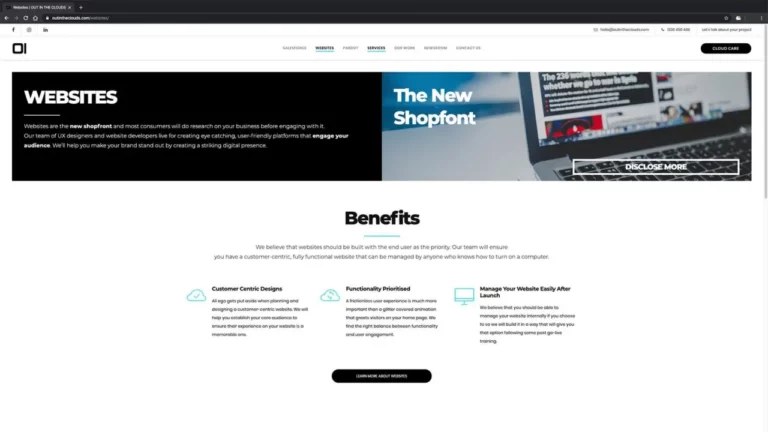The 3 key ingredients to a winning UX
Companies are shifting more and more of their marketing budget to User Experience as they realise the impact it is having on their conversion and also the significantly higher return on investment it brings compared to traditional marketing spend. It makes no sense to continue pouring in money into your marketing to generate traffic to your product when your UX is not converting users to customers.Here are our 3 key ingredients to a winning UX: 1. Less is more The quicker you can get your customer to an outcome the better. By minimising friction and road blocks, you will see your conversion rate increase significantly. This can be done by minimising the amount of clicks you are requiring your customer to go through before you convert them. Ensuring your sign-up forms are a good length are another key to keeping conversion rates high. Less is more also applies to how long your pages take to load so make sure your site is optimised so that it is loading pages in less than 1 second and is nice and responsive for users. 2. Follow the yellow brick road Consumers are demanding a high level of user experience as most people are relying on websites and apps to live their day to day life. By providing clear descriptive instructions and highlighting calls to action or buttons you want customers to press, you can increase customer satisfaction, conversion and customer referrals. This is even more important on a mobile site as most users are on mobiles and expect your site to be optimised for their device. Being mindful of spacing and button sizes will help your customers navigate your product or site with ease, ensuring they convert and become a huge advocate of your brand.3. Your job is never done It is absolutely critical that you constantly test and reiterate for best conversions and customer satisfaction as positioning buttons and content in different places can dramatically affect conversion rates. Analysing user data and feedback is very important for any business as they are the reason you have created the platform or product in the first place. There are many products in the market that you can use to track this data to ensure you are always presenting the best possible product to your users.An example of improvement through user data analysis is GetBadges. They had a low conversion rate on their “register” page. They hooked up a usability tool and collected recordings of users’ activities. After watching several recordings, Getbadges noticed a pattern – users were clicking on an incorrectly placed button, which refreshed the page and deleted personal registration info. This made users leave the site in frustration. GetBadges noticed their error and removed the button – this led to a 40% increase in registers. This proves that a simple and even stupid change can have drastic effects on your website. [Source] If you keep the romance out of the process and think about the kind of UX you expect from sites you visit, that should get you started towards putting something together that your users want to use over and over again. Keep it clean, never settle and always keep testing.







